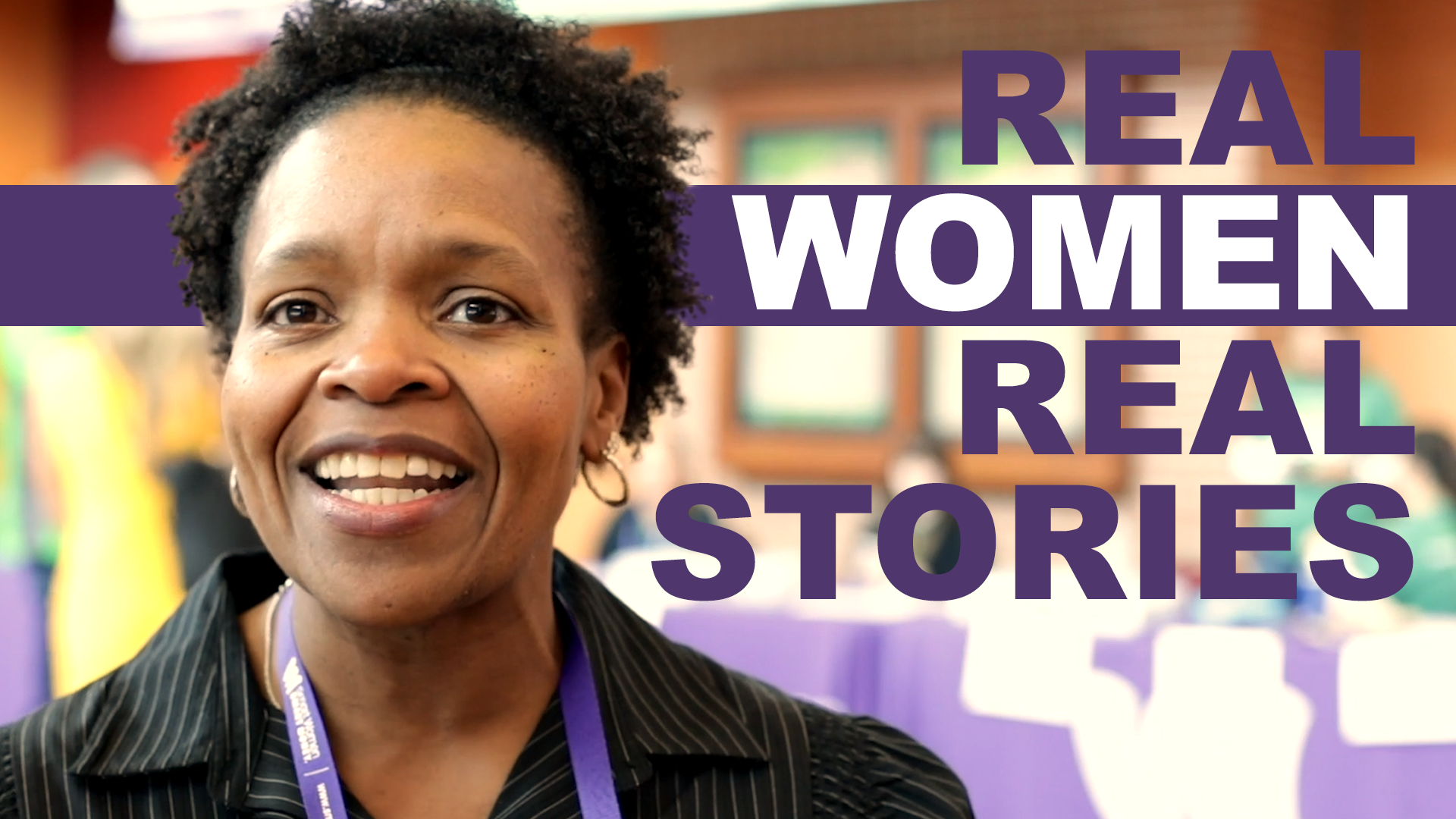By Jamie Oleka
Editor’s Note: May 29th is National 529 Day. We encourage our readers to meet with their financial advisors to determine the best 529 College Savings Plan for their loved ones.
In the evolving landscape of higher education funding, 529 college savings plans have become indispensable tools for families aiming to manage the rising costs of post-secondary education. These state-sponsored investment plans offer tax advantages to encourage saving for future education expenses. Mississippi and Oklahoma have made significant strides in enhancing their 529 savings plans (Mississippi Affordable College Savings Program or MACS, and Oklahoma 529), aiming to provide better opportunities for their residents to invest in education. This article explores the distinctive features, recent initiatives, and impacts of the 529 savings plans in these two states.
Understanding 529 College Savings Programs
A 529 college savings program is a tax-advantaged investment plan in the United States designed to encourage saving for future education expenses. Named after Section 529 of the Internal Revenue Code, these plans are sponsored by states, state agencies, or educational institutions. They provide several benefits:
- Tax Benefits: Contributions to a 529 plan are made with after-tax dollars, and earnings in the account grow tax-deferred. Withdrawals for qualified education expenses are tax-free at the federal level, and some states offer additional tax benefits.
- Flexibility: Funds can be used for various education expenses, including tuition, fees, books, supplies, and certain room and board costs at eligible institutions, including colleges, universities, and vocational schools.
- Investment Options: Plans typically offer a range of investment options, such as mutual funds or ETFs, allowing for customized investment strategies.
- Ownership and Control: The account owner retains control over the account, including investment decisions and withdrawals.
- Transferability: Funds can be transferred to another eligible family member without penalty if the original beneficiary doesn’t use the funds.
Mississippi and Oklahoma’s 529 College Savings Initiatives
Both Mississippi and Oklahoma have implemented comprehensive initiatives to promote their 529 plans, each tailoring their approach to meet the unique needs of their residents. Their efforts include outreach and awareness campaigns, partnerships and collaborations, state-specific incentives, and future plans aimed at continual improvement.
Outreach and Awareness
The state of Mississippi has implemented a robust outreach program that includes regular town halls held quarterly. These events allow residents to hear directly from state officials and experts about the benefits and workings of 529 plans. These town halls have reached several thousand people, providing a platform for questions and testimonials, which helps to demystify the process and highlight success stories.
Oklahoma employs a multifaceted outreach strategy to promote its 529 plan. This includes targeted TV and radio ad campaigns, public service announcements, and segment shows on local news. These efforts aim to increase awareness and participation among residents.
Partnerships and Collaborations
Mississippi collaborates with various organizations, including educational institutions, financial advisors, and community organizations, to promote 529 plans. Innovative partnerships, such as those with Amazon for vocational training, help illustrate the diverse applications of 529 savings beyond traditional college expenses.
Oklahoma works closely with employers, community organizations, and financial advisors to facilitate enrollment in 529 plans and integrate these plans into overall financial planning strategies. These partnerships help spread the word about the benefits of 529 plans and provide educational resources to families.
Incentives and Support
The state of Mississippi provides various incentives to encourage participation in 529 plans, including matching contributions and tax deductions. Mississippi also offers extensive support to help families navigate the process of opening and managing a 529 account, ensuring they have access to clear and accurate information about fees, investment options, and eligibility requirements.
While Oklahoma offers substantial tax incentives for contributions to the 529 plan, with tax-free growth on earnings if used for qualified expenses. Additionally, the state has negotiated discounts in management fees, significantly reducing the cost for families and enhancing the growth potential of their savings.
Evaluation and Impact
Both states track the effectiveness of their promotional efforts through enrollment rates and savings contributions. Success stories are frequently shared during town halls and other outreach events, demonstrating the positive impact of 529 plans on families’ ability to save for education expenses.

ABOUT THE AUTHOR
Jamie Oleka, a wife, girl mom, and a passionate advocate for debt free quality education, has extensive experience in K-12 and nonprofit management having most recently served as a Managing Director at Teach For America. Jamie holds a Masters of Education in Instructional Accommodations from Francis Marion University, Masters of Arts in Teaching, and Ed.S. in K-12 Administration from the University of Louisville.










